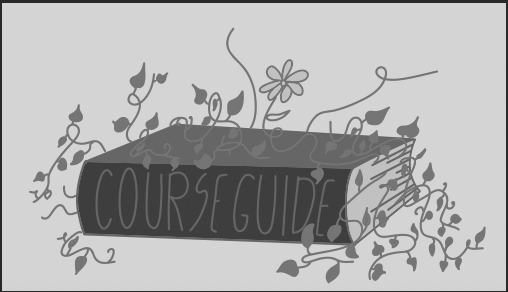Initiative on In-Person Issues
Students continue to find themselves readjusting to a different way of learning on Zoom.
March 1, 2021
As students log into their classes each day, many experience chronic Zoom fatigue compounded by an excess of assignments from teachers, some of whom have not made significant changes to accommodate students during this time. The elusive return to in-person school seems like the obvious end to all of these problems. However, as students have settled into their online routines, it has become increasingly clear that this will be a difficult transition.
While vaccines are being distributed across the country, school has made plans to reopen this semester. In an email from President Rick Commons on Feb. 23, Commons informed the school community that students will be able to come to campus starting March 9, where they will take Zoom classes. These classes will take place in a room with an assigned “cohort” which will be based on students’ English classes. While most students are itching for in-person interaction, myself included, there are valid concerns about the effects of online school on our academic performance and emotional wellbeing, even after we return to campus.
Students continue to find themselves readjusting to a different way of learning on Zoom. Some teachers have tried different methods to keep us engaged in online classes, including asynchronous work or an increase in small group discussions in breakout rooms, and we have tried to adapt each time. We have gotten very comfortable being at home 24/7—staying in pajamas all day long and waking up five minutes before class. We have been isolated from our classmates for almost a year, so limiting our interactions to assigned cohorts (while necessary) should pose some unfamiliar social situations as we get to know our peers again, which has been a source of anxiety for many students.
One of the most notable changes that has come with online learning, however, is the way we are being assessed. Due to both the difficulties of taking tests in a home environment and the widespread concerns about cheating, most teachers have adopted new test-taking policies and the majority of exams are now open-note. In an effort to discourage academic dishonesty, some teachers have permitted the use of certain tools that would not be made available to students in person—materials like textbooks, reference sheets and even the internet are sometimes allowed.
Once we are back on campus, even for this hybrid model, it is unclear how teachers will resume testing in the physical classroom, as it is likely easier for them to monitor tests there. This leaves students wondering if all of these adjustments to the way we are being tested will simply disappear overnight. It would be unrealistic to expect that students could perform well on an in-person test where they wouldn’t have access to notes and other materials that have been available all year online. Students need ample time to acclimate, which can’t happen if classes are back to “business as usual” the second we set foot on campus.
Students have been told repeatedly that if they are struggling with online school, they simply need to talk to their teachers, who will be understanding given our current situation. However, these messages are qualified with reminders not to burden our teachers, as they are also struggling right now. It is of course important to have compassion for our teachers, but hearing these messages leaves well-meaning students feeling guilty about asking for support and discourages them from reaching out when it is necessary. Similarly, the level of empathy regarding the difficulties students are facing varies greatly by teacher.
During a Community Flex Time meeting Jan. 14 that focused on mental health, Head of Upper School Beth Slattery reassured students that teachers had been told to adjust their coursework according to their students’ needs. Though that sounds promising, this discussion was not accompanied by a concrete policy, leaving those changes up to the teacher’s discretion. Teachers sent surveys at the start of second semester asking students for feedback on their courses, but their responsiveness to student suggestions has been inconsistent across subjects. Giving teachers so much freedom in the way they alter their syllabi makes the reduced workload nearly impossible to enforce. Some teachers have taken this message to heart, but others continue to ignore their students’ needs.
Given our experiences with online school in the past year, how can we expect to be properly supported throughout this transition? Unless there is careful planning to reintroduce students to learning on campus and a clear understanding of the changes teachers will need to make in the classroom, this large adjustment will be detrimental to students.
The return to school is the administration’s opportunity to correct their mistakes and take initiative to better support their students—and it is essential that they take it.













































